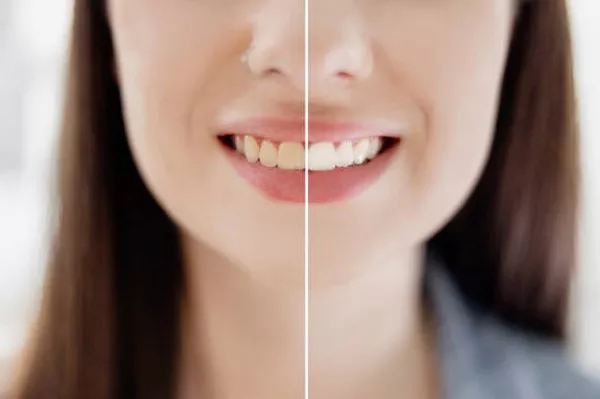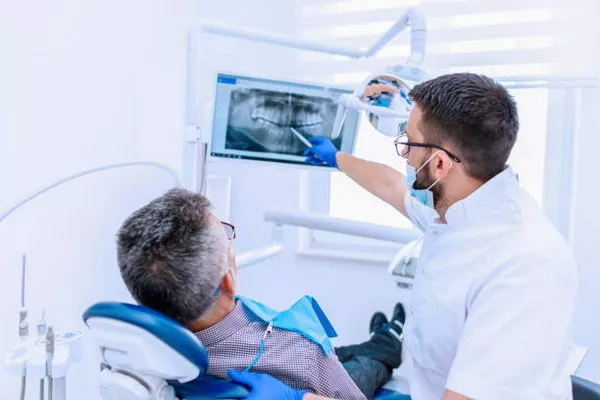Do you know what to pay attention to after tooth extraction?
Tooth extraction is the most common surgery in stomatology. Tooth extraction is performed in an oral environment with saliva and a large number of microorganisms. Although tooth extraction is small, postoperative care is very important.
Correct postoperative care, not only can prevent the occurrence of complications after tooth extraction, but also conducive to wound healing. The following precautions should be kept in mind: After conventional tooth extraction, the tooth extraction wound will form a blood clot, which is an important condition for normal wound healing and avoiding infection.
Half an hour after the procedure, the patient vomited a hemostatic cotton ball, and the blood clot had formed.
If washed by saliva or water at this point, the clot will break down, just as ice melts, eventually causing the clot to break off and rebleed.
Therefore, do not gargle and brush your teeth, wipe or lick the wound within 24 hours after extraction.
Diet contraindications two hours after tooth extraction can eat fluid, the day to avoid chewing with the affected side, so as not to destroy the blood clot in the alveolar fossa.
Do not eat hot and spicy food to prevent bleeding.
Eating cold foods and having ice or cold drinks in your mouth can help stop bleeding.
Try to rest on the day of extraction and the next day, and avoid strenuous exercise.
Patients with bleeding tendency should avoid lying flat, preferably in a semi-decubitus position, in order to reduce head and face blood flow.
Eat foods rich in protein and fiber.
Try not to smoke or drink alcohol for a week.
Brush your teeth and gargle 24 hours after tooth extraction to avoid the growth of pathogenic bacteria and reduce the chance of infection.
Brush your teeth only need to pay attention to the gentle movement;
Use mouthwash or lightly salted water after each meal;
Pay attention to the timely cleaning of mandibular alveolar fossa food residue.
Treatment of general conditions after tooth extraction patients without coagulation disorders, quiet state tightly biting cotton balls or gauze blocks for half an hour, generally can achieve the purpose of hemostasis.
But after exercise, frequent talking, drinking water and other actions may cause the wound to bleed again;
At this time, sterilized cotton balls or gauze blocks can be placed on the alveolar fossa and bitten for half an hour to pressure hemostasis.
Bloodshot and reddish in saliva is normal.
Local wound pain and cheek swelling after tooth extraction are normal physiological reactions.
The more complicated the extraction procedure, the more trauma the extraction will cause and the more severe the postoperative reaction.
A 15-minute cold compress on the face within 48 hours after surgery can help reduce swelling, bleeding, and pain.
No obvious discomfort after extraction does not require a return visit.
If sutures are available, they can be removed 5 to 7 days after surgery.
The postoperative reaction is obvious, such as elevated body temperature, restricted mouth opening, persistent pain, bleeding, etc., should be revisited in time.
Three days after tooth extraction, severe pain occurred in tooth extraction, which radiated to half of the head and face, and rancid smell appeared in the mouth. It is the manifestation of dry groove disease and should be seen in time.






























